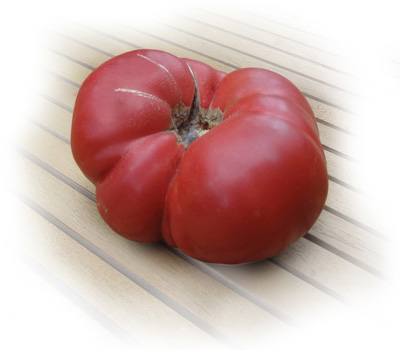

Even without the concentrating effects of fermentation, she can recognize the flavor of Eliot Coleman’s carrots from Harborside, Maine, and strawberries from Harmony Valley in Wisconsin when she tastes them. And other people we talked to cited similar experiences of tasting foods that excelled in a certain place, a certain plot of land.
We’ve published a selection on the back page of the upcoming Fall issue, as well as other intriguing examples of terroir beyond wine here. If others come to mind, we’d love to hear them.
From Erin Murray, the author of Shucked: Life on a New England Oyster Farm (St. Martin’s Press, NY; 2011):
“Skip Bennett, the farmer-owner of Island Creek, experiments with what he calls ‘merroir’ every season. Duxbury Bay is massive and he farms about three acres—but they’re spread out across the bay so an acre closer to the southeast will impart a very slight difference in flavor than one of the acres up in a more northerly corner (a few football fields away). What’s more, he sometimes starts a small portion of his oyster seed up in a river inlet that empties into the bay, then finishes the oysters on one of those acres out in the bay, which further changes the flavor profile. It’s a subtle difference, usually—and all Island Creeks taste of Duxbury Bay. But if you were to taste one grown exclusively in the bay against one that was started in the river and finished in the bay, you actually do taste a small difference—maybe the salinity is higher in one or the grassy notes are more distinct in the other. But it’s definitely there.”
From Michael Anthony, executive chef at Gramercy Tavern in New York:
“I think of my family’s heirloom garlic, which came to the States via my great grandfather. All of my great uncles, uncle and father all grew this one variety since he came in 1905…I gave some to Jim Wrobel, a garlic fanatic outside Utica, NY. In Jim’s expert hands, great care and amazing soil, six years later, the garlic has retained its original flavor but is twice the original size. We buy about 800 pounds a year.”
From Evan S. Strusinski, a forager in Vermont and Maine:
“Chanterelles jump to mind immediately. They grow in so many places in the world, but you get different expressions. I’ve picked them on the opposite coast and in Italy and then here on the coast of Maine and Vermont. The Maine and Vermont ones are more aromatic and flavorful. A French chef friend in Vermont says there’s no comparison between the French chanterelles and the ones in Vermont. [They are] almost like apricots: they can be very floral and fruity, and they have a spice that’s actually not spicy in the common usage… more that little burn you get when you sniff alcohol a slight tingling.
“Porcini also grow in a variety of places across the globe. The ones that grow here do not compare at all to the ones that grow in Tuscany or Umbria or the Ligurian coast. It hasn’t been proven that ours are the exact same species; it could be that terroir is changing their actual genetic makeup. The ones over there are so fragrant. They’re very heady.
“There was a year in Maine when I picked black trumpet mushrooms, and even from the same forest some places gave better mushrooms. In this one spot, they were really above all others. And they haven’t grown there in seven years. That’s what makes mushroom hunting so fun. They’re mercurial; they can fool you. They have their own whims.”
Anne Quatrano, chef/owner of Bacchanalia in Atlanta:
“The jumbo green asparagus from Stockton, California grow in unique loamy, rich and sandy soil that produces the finest large asparagus. The wild blueberries found on the coast of Maine are also one of my favorites: small, dark and surprisingly thin-skinned they are both tart and sweet.
“Nantucket heirloom tomatoes are always anticipated; their well-drained rich soil and climate seem ideal for a short season of delicious tomatoes.
“Morels from Oregon—conica/burn morels they are often called—are also an anticipated delicacy.
“Georgia pecans—the climate works but also the state is fortunate to have a plethora of old growth pecans planted widely hundreds of years ago.”
This is a W&S web exclusive feature.
is W&S’s editor at large and covers the wines of the Mediterranean and Central and Eastern Europe for the magazine.
This is a W&S web exclusive. Get access to all of our feature stories by signing up today.
















